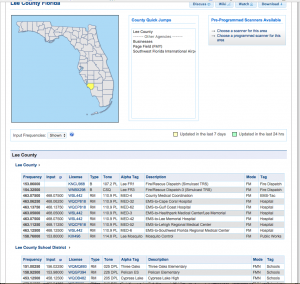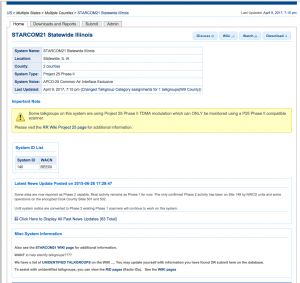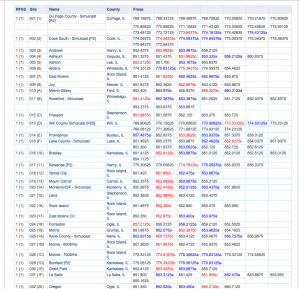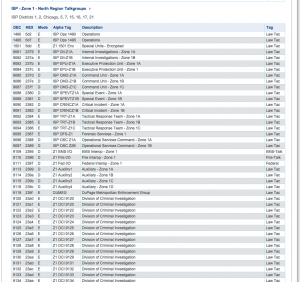One of the more common question we get here at the opulent ScannerMaster Palace is how do I program this (Brand X) radio to my local systems. Usually it is one of those off-shore $40 two-way radio with unpronounceable names that are flooding the market on eBay and in stores.
The basic answer is that you don’t. These radios are intended as Ham radios and are basically toys. Some can be made to receive on VHF and UHF conventional analog channels and even talk on them. This is not a good thing. First off the build quality on these things is poor. They are designed not for performance but for cheapness. If the radio breaks it usually cannot be repaired.
If your area still uses VHF or UHF analog channels then these might be able to be used to receive your local channels but they cannot do any type of digital or trunked system.
These cheap radios are not ideal for most monitoring anyway. They lack the features scanner buyers have come to expect such as banks, scanlists or quick-keys. They also usually do not support other typical scanner features like CloseCall, Fire tone out, easy field programming etc. They often do not work on aircraft, either civilian or military.
For not much more than you will pay for one of these cheap toys you can get a decent basic scanner like the BC125AT or WS1010 that will run rings around them with the feature sets. Our basic scanners start out at under $100 and have way more features than these junk toys.








